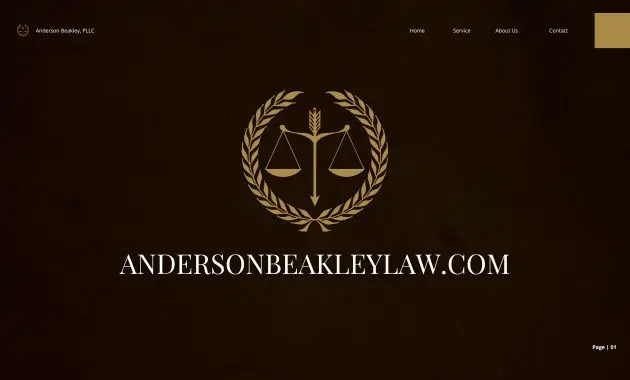Aviation regulatory compliance is the cornerstone of a safe and efficient global air transportation system. It’s a complex web of rules and regulations that govern every aspect of aviation, from aircraft design and manufacturing to pilot training and airport operations.
These regulations are enforced by a network of international and national bodies, each with a specific mandate to ensure the highest standards of safety and security. The International Civil Aviation Organization (ICAO) sets the global framework for aviation regulations, while national agencies like the Federal Aviation Administration (FAA) in the United States implement and enforce specific requirements within their jurisdictions.
Compliance Management Systems: Aviation Regulatory Compliance
In the complex and highly regulated world of aviation, ensuring adherence to a vast array of regulations is paramount. A robust compliance management system is essential for airlines and aviation service providers to navigate these complexities effectively. This system serves as a framework for proactively identifying, mitigating, and managing potential risks associated with non-compliance, ultimately safeguarding operational safety, financial stability, and public trust.
Also Read
Key Components of an Effective Compliance Program
An effective compliance program is built upon a solid foundation of key components that work together to ensure ongoing adherence to regulations. These components include:
- Clear Compliance Policy and Procedures: A well-defined compliance policy Artikels the organization’s commitment to regulatory compliance and sets forth clear expectations for employees. Comprehensive procedures provide step-by-step guidance on how to comply with specific regulations, minimizing ambiguity and promoting consistency.
- Risk Assessment and Management: A thorough risk assessment identifies potential areas of non-compliance, allowing for proactive mitigation strategies. The program should prioritize risks based on their severity and likelihood of occurrence, ensuring resources are allocated effectively.
- Training and Education: Regular training programs are crucial to ensure that all employees, from top management to frontline personnel, understand their compliance obligations. Training should be tailored to specific roles and responsibilities, incorporating real-life scenarios and practical examples.
- Internal Audit and Monitoring: Regular internal audits provide an independent assessment of the compliance program’s effectiveness. This process helps identify gaps, weaknesses, and areas for improvement. Ongoing monitoring ensures that compliance practices are consistently implemented and maintained.
- Reporting and Communication: Effective communication channels are essential for reporting compliance issues and disseminating relevant information. This includes clear reporting procedures for employees to raise concerns, as well as regular updates on compliance performance and any changes to regulations.
- Continuous Improvement: A culture of continuous improvement is vital for maintaining a robust compliance program. This involves actively seeking feedback, identifying areas for enhancement, and implementing changes to ensure ongoing effectiveness.
Best Practices for Managing Aviation Regulatory Compliance
- Proactive Approach: Rather than waiting for regulatory audits, adopt a proactive approach by regularly reviewing and updating compliance procedures to reflect evolving regulations and industry best practices.
- Technology Integration: Leverage technology solutions to automate compliance processes, such as tracking training records, managing documentation, and conducting risk assessments. This can improve efficiency and reduce the risk of errors.
- Data Analytics: Use data analytics to identify trends in compliance performance and areas for improvement. For example, analyzing incident reports can help identify recurring compliance issues and inform targeted training initiatives.
- Collaboration with Regulators: Maintain open and transparent communication with aviation regulatory authorities, proactively seeking clarification on regulations and engaging in constructive dialogue.
- Employee Engagement: Foster a culture of compliance by encouraging employees to actively participate in the program. Provide opportunities for feedback and recognize individuals who demonstrate exemplary compliance behavior.
Emerging Trends in Aviation Compliance
The aviation industry is constantly evolving, driven by technological advancements, changing passenger expectations, and a growing focus on sustainability. These factors are also reshaping the regulatory landscape, leading to new challenges and opportunities for airlines and other aviation stakeholders. This dynamic environment requires a proactive approach to compliance, with a focus on adaptability, innovation, and collaboration.
The Evolving Landscape of Aviation Regulations, Aviation regulatory compliance
The aviation industry is subject to a complex web of regulations, encompassing safety, security, environmental protection, and operational efficiency. These regulations are constantly being updated and revised to address emerging risks, technological advancements, and evolving industry practices. For example, the International Civil Aviation Organization (ICAO) has introduced new standards for aircraft noise and emissions, while the European Union Aviation Safety Agency (EASA) has implemented regulations to improve cybersecurity and data protection in the aviation sector.
- Increased Focus on Sustainability: The aviation industry is under increasing pressure to reduce its environmental impact. Regulations are being implemented to promote the use of sustainable aviation fuels (SAF), improve aircraft efficiency, and reduce carbon emissions. This includes initiatives like the Carbon Offsetting and Reduction Scheme for International Aviation (CORSIA), which aims to offset emissions from international flights.
- Digital Transformation and Data Security: The rapid adoption of digital technologies in aviation is driving new regulatory frameworks for data security, privacy, and operational efficiency. Regulations are being developed to ensure the safe and secure use of drones, artificial intelligence (AI), and other emerging technologies in the aviation sector.
- Harmonization of Regulations: There is a growing trend towards harmonizing aviation regulations across different countries and regions. This aims to simplify compliance requirements for airlines and other aviation stakeholders, reducing administrative burdens and promoting global aviation safety.
Aviation regulatory compliance is a dynamic and ever-evolving field. As technology advances and the aviation industry faces new challenges, the regulatory landscape will continue to adapt. The key to success lies in embracing a culture of compliance, prioritizing safety, and staying ahead of the curve in terms of regulatory updates and best practices.
Aviation regulatory compliance is a complex field, demanding a thorough understanding of international and national laws. This complexity is amplified during mergers and acquisitions, where legal due diligence must scrutinize the acquired entity’s compliance record. Navigating these intricacies requires specialized legal expertise, like that offered by Mergers and acquisitions law firms, to ensure a seamless transition and continued adherence to aviation regulations.



